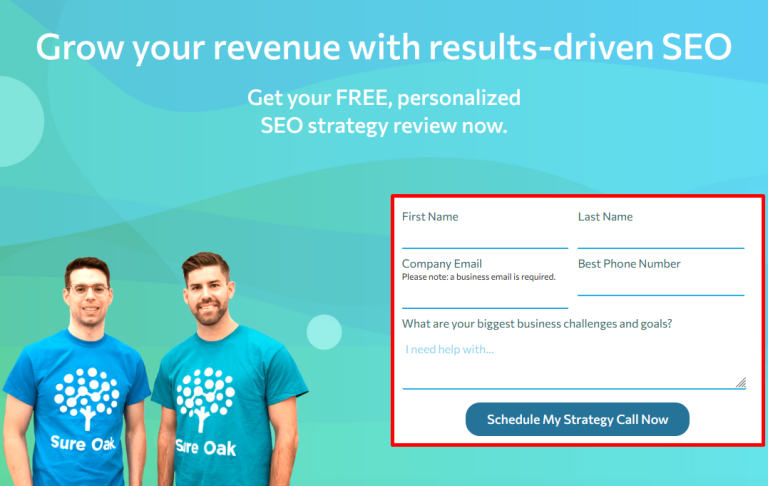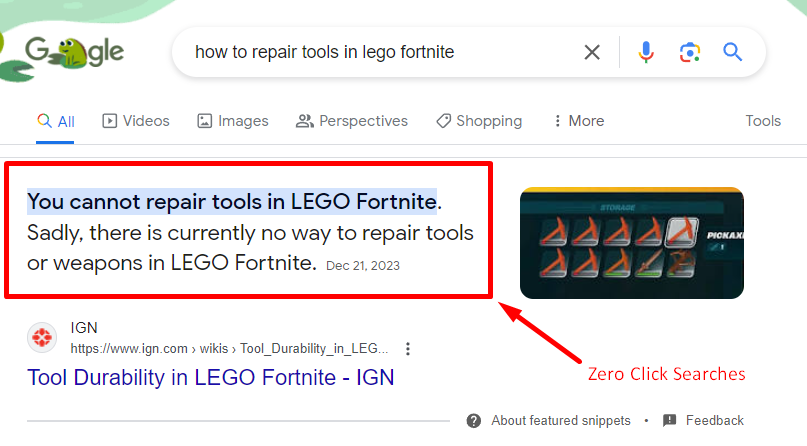The importance of SEO and UX - definition of SXO foundations
SEO (Search Engine Optimization) focuses on optimizing your website in search results by using relevant phrases and adjusting the structure of your site. UX (User Experience) is based on providing the user with the best possible experience when using your site, encompassing ease of navigation, page loading speed and intuitive interface. Both of these elements come together in SXO, which aims not only to attract the user to your site through high rankings in the SERP (Search Engine Results Page) results but also to retain them for longer by providing a valuable and enjoyable interaction with the content.
Why is it critical to integrate SXO (SEO + UX) into your search engine optimization strategy?
Advantages of SXO integration in your search engine optimization strategy:
Improve visibility in organic search results – SEO optimization results in your website being found more easily by potential users;
Increase customer satisfaction – providing intuitive navigation and fast page load times contributes to an improved visitor experience;
Reduce rejection rates – a customized site encourages user interaction, reducing unwanted exits;
Increase conversions – a user satisfied with the site experience is more likely to take the desired action (e.g., buying a product or signing up for a newsletter);
Build trust and credibility – a professionally designed website that is also visible in search engines (preferably in the TOP 10) builds a positive brand image;
Increasing user engagement – by creating content tailored to users’ needs and expectations (this translates into longer time spent on the site and more visits).
However, it should be kept in mind that a longer time spent on the site can mean customer satisfaction on the one hand (for example, if we are dealing with a blog post), but from another point of view be less beneficial.
An example is very simple: e-commerce owners are mainly concerned with creating an intuitive shopping path – in that case, a short time spent on the site, meaning a seamless shopping process is desirable. Users staying on the online store for too long signals that it is worth working on certain aspects of the site structure.
What elements should I pay attention to when integrating SEO and UX into my website SEO strategy? [TOP 7]
In terms of SXO integration, you should take care of, among other things:
- Verification of key phrases from the user’s perspective,
- Designing an intuitive site navigation,
- Responsiveness of the website on various devices,
- Website performance,
- Regularity of blog posts to make the content more accessible to search engines and provide a consistent user experience.
However, these are very basic issues that do not require an in-depth explanation. Instead, it makes sense to focus on integrating elements that improve UX, click-through rates and conversions in terms of technical implementations that are a bit more difficult to implement.
In this case, we recommend paying attention to the following aspects:
1. Using schema Markup to tag data structure on the site
Schema Markup allows search engines to understand your site’s content better, translating into richer search results. As a result, users will receive more detailed information about your offerings.
Key Schema Markup recommendations:
- Use markup for product reviews, enabling star ratings to appear in search results;
- Implementing structured data for events, presenting dates and locations directly in SERP (Search Engine Results Page) results;
- Use of branding for organizations, including logos and contacts, supporting branding in search results;
- Use of Schema for products and their availability, presenting prices and inventory.

Fig 1. Google structural data
2. Error page management (404, 301)
Error pages like 404 (not found) or 301 (permanent redirects) should be configured appropriately so the user does not end his visit on a so-called dead page. By doing so, you will ensure that the viewer is seamlessly redirected to relevant resources on your site or informed of a change in the page address. This minimizes frustration and helps you maintain high rankings in search results.
Key recommendations for managing error pages:
- Create custom 404 pages that direct the user to other sections of the site;
- Using 301 redirects for deleted or moved content (to preserve SEO value);
- Monitoring and repairing broken links (broken links) inside the site, preventing 404 errors from appearing;
- Implementing site map and robots.txt files to improve indexing;
- Use error tracking tools like Google Search Console for quick detection and response to specific flaws.

Fig 2. Mac Cosmetics – error 404 (not found).
3. Conduct comprehensive usability testing (Usability Testing)
This type of research allows you to identify navigational problems, difficulties accessing key information and potential barriers to conversion. As a result, you can make necessary modifications to improve the overall user experience of your site, increasing visitor satisfaction and supporting your business goals.
Key Usability Testing Recommendations:
- Conduct A/B testing on a regular basis to optimize essential elements of the site for conversions;
- Using heatmaps and user path analysis, identifying which sections of the site attract the most attention;
- Organizing usability tests with actual users, providing direct feedback on the site experience;
- Monitoring rejection rates and time spent on the site.
4. Create a readable and optimized URL structure
A clear and optimized URL structure makes navigating your site easier for users and search engines, positively impacting SEO. URL structures that are short, logical and contain relevant keywords improve the user experience and make it easier for search engines to index your site.

Fig 3. A clear URL structure on the McDonald’s website.
5. Optimization of contact forms
Simple, intuitive forms with a minimized number of fields to fill out encourage interaction and reduce user frustration and abandonment. Thoughtful optimization of the elements mentioned above results in a higher propensity to leave a contact or inquiry (this translates directly into business results).
Key recommendations for optimizing contact forms:
- Minimize the number of fields to be filled out;
- Clear labelling of required fields;
- Introduce real-time validation messages (this improves interaction);
- Ensuring the visibility of the submit button;
- Offering alternative contact methods.

Fig 4. Professional contact form. Source: www.sureoak.com/strategy-call
6. Use of the “Above the Fold” concept
The “Above the Fold” (ATF) concept refers to the area of the site visible to the viewer without the need to scroll the page (this is important in terms of the user’s first impression).
The most important recommendations when implementing the ATF concept:
- Placing key messages and CTAs in a visible area, maximizing the chances of interaction;
- Optimizing the loading time of ATF elements, ensuring quick access to content;
- Using visually appealing elements (graphics, sliders), increasing interest;
- Ensuring the visibility of the navigation menu and facilitating orientation on the site.

Fig 5. ATF section. Source: www.aumcore.com
7. Optimization for “Zero Click Searches”
Optimization for Zero Click Searches focuses on delivering answers directly in search results, eliminating the need for the user to click on links.
Key recommendations when optimizing for Zero Click Searches:
- Enriching content with definitions and explanations ready to be displayed in search results;
- Using formatting that makes it easier for search engines to pull up data (e.g., lists or tables);
- Adding structured data to help create rich snippets.

Fig 6. Zero Click Searches.

